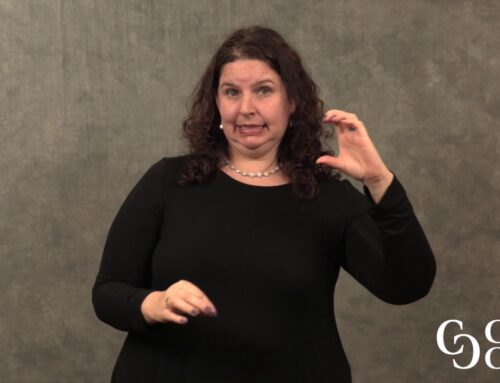Developed by ASL Flurry
Time Required for Activity: 60-90 mins
Competencies Address:
-
- Semantic equivalence
- Comprehension: ASL lexicon
- Comprehension: ASL discourse
- Production: English lexicon
Objective(s):
Learners will:
- Demonstrate effective preparation procedures for an ASL to English interpreting assignment
- Interpret fingerspelling accurately
- Interpret spatial relationships accurately
- Interpret ASL referencing accurately
- Interpret ASL grammatical markers produced “above the nose” accurately
- Use a diverse range of vocabulary and accurate selection of English lexical items
- Recognize and consistently match the affect of the signer throughout the interpretation
This activity is the first in a series of two activities. You are encouraged to continue your work in the series when this activity is complete. Links to the next two activities can be found at the conclusion of this activity.
Video Synopsis
In this ASL narrative, Laurene Gallimore tells about her experience during a flood that occurred in Oregon in the 1996. This video was taken from Language Use in ASL, created by the Region X Interpreter Education Center at Western Oregon State College.




